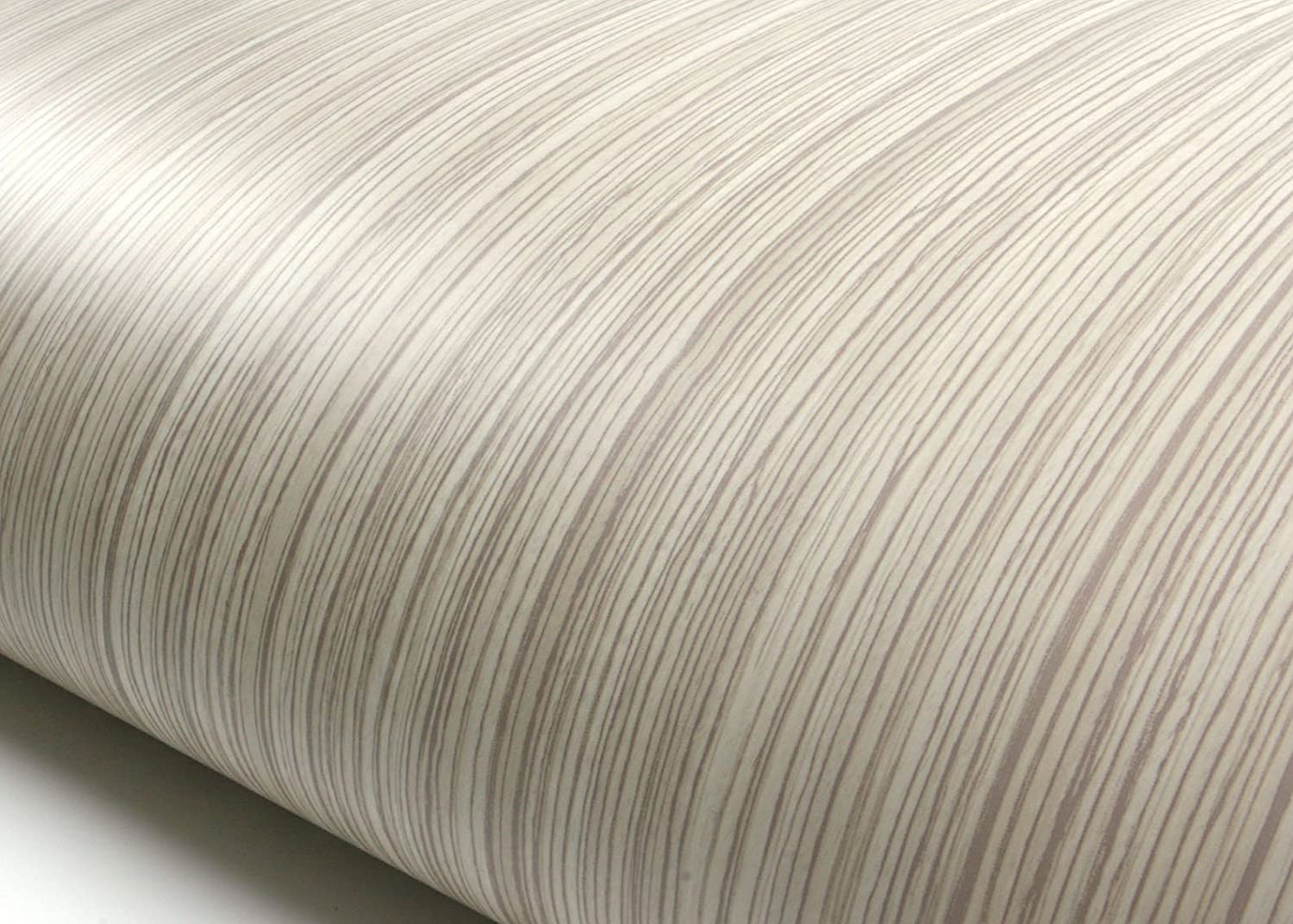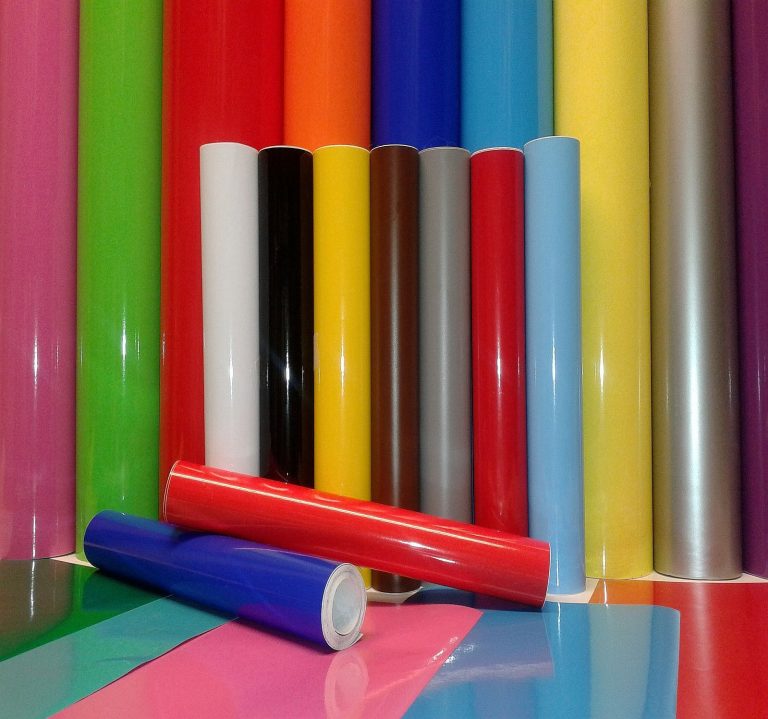A few years ago, during the process of gluing wallpaper, you had to face a number of difficulties. Now everything is somewhat easier, the glue does not need to dilute half a day, the wallpaper has a denser and more flexible structure, which facilitates their gluing. Constantly there are new, more convenient types of materials for repairs, among which the place of honor is occupied by self-adhesive wallpaper.
Self-adhesive wallpaper, unlike conventional wallpaper, has already applied a composition of the adhesive solution on the back side. This solution is under a protective film, which prevents foreign bodies from getting into the adhesive, thereby preventing contamination. Otherwise, this type of wallpaper is not much different from other wallpapers. Nevertheless, with such small structural differences, the process of wallpapering in the house you found on the website http://myhousewithme.com/ becomes much easier and faster. It is not difficult to assume that more technologically advanced materials have a higher price – this is also true for self-adhesive wallpaper.
Wallpapering
When pasting the walls in this way, the main problem is how to choose self-adhesive wallpaper. Since most self-adhesive wallpapers have a similar, very dense, structure and high rates of moisture resistance, when choosing should be guided mainly by the color, pattern and relief of the wallpaper, that is, on the aesthetic side and personal preferences.
So, you’ve brought home a few rolls, and you’re ready to start repairing. How to glue self-adhesive wallpaper? First of all – forget about the containers with diluted glue, trimming edges, as well as, fitting the pattern. All this will not bother you. Just cut off the roll of wallpaper required length, – and to do this is not difficult, because the self-adhesive wallpaper is already a centimeter mark – and start gluing.
The algorithm of fixing wallpaper on the walls looks something like this: first, you should slightly move away from the edge of the cloth safety film, and then attach the cloth adhesive side of the wall. After making sure that the wallpaper in all places is even, start carefully smoothing them with a rubber roller, dry sponge or cloth, or simply by hand. Further process continues in the same way: little by little move the film away and continue smoothing.
It is important to remember that it is not recommended to remove the entire safety sheet at once, as in this case, wallpapering may become more difficult. If you do everything consistently, then the whole work is able to cope with one person. If suddenly there is an air cavity on the wall – a bubble or crease, this place will be enough to simply pierce the needle and carefully smooth it out with your fingers or a rubber spatula.
The most important and perhaps the only rule when sticking self-adhesive wallpaper is that the wall must be completely flat, clean and dry. Otherwise, irregularities and other bumps will be noticeable. Therefore, before gluing it is necessary to level and grind the wall. If, suddenly, for some reason, you can not align the wall properly, you can resort to cheating, buying a matte self-adhesive wallpaper, the price of which is no different from the price of glossy wallpaper. The fact that the matte coating is much less noticeable irregularities and roughness.
